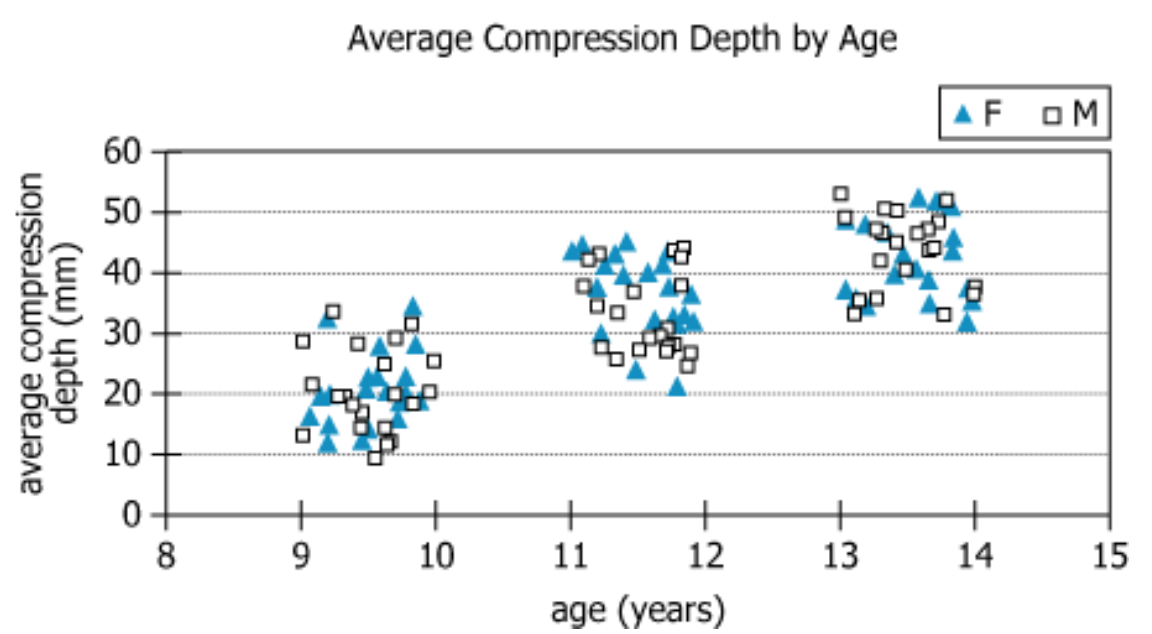Events & Promotions
|
|

GMAT Club Daily Prep
Thank you for using the timer - this advanced tool can estimate your performance and suggest more practice questions. We have subscribed you to Daily Prep Questions via email.
Customized
for You
Track
Your Progress
Practice
Pays
Not interested in getting valuable practice questions and articles delivered to your email? No problem, unsubscribe here.
- Nov 20
07:30 AM PST
-08:30 AM PST
Learn what truly sets the UC Riverside MBA apart and how it helps in your professional growth - Nov 20
01:30 PM EST
-02:30 PM IST
Learn how Kamakshi achieved a GMAT 675 with an impressive 96th %ile in Data Insights. Discover the unique methods and exam strategies that helped her excel in DI along with other sections for a balanced and high score. - Nov 19
12:30 PM EST
-01:30 PM EST
Learn how Keshav, a Chartered Accountant, scored an impressive 705 on GMAT in just 30 days with GMATWhiz's expert guidance. In this video, he shares preparation tips and strategies that worked for him, including the mock, time management, and more - Nov 22
11:00 AM IST
-01:00 PM IST
Do RC/MSR passages scare you? e-GMAT is conducting a masterclass to help you learn – Learn effective reading strategies Tackle difficult RC & MSR with confidence Excel in timed test environment - Nov 23
11:00 AM IST
-01:00 PM IST
Attend this free GMAT Algebra Webinar and learn how to master the most challenging Inequalities and Absolute Value problems with ease. - Nov 24
07:00 PM PST
-08:00 PM PST
Full-length FE mock with insightful analytics, weakness diagnosis, and video explanations! - Nov 25
10:00 AM EST
-11:00 AM EST
Prefer video-based learning? The Target Test Prep OnDemand course is a one-of-a-kind video masterclass featuring 400 hours of lecture-style teaching by Scott Woodbury-Stewart, founder of Target Test Prep and one of the most accomplished GMAT instructors.
GMATCoachBen
 Expert
Expert
Tutor
Joined: 21 Mar 2017
Last visit: 18 Nov 2025
Posts: 465
Given Kudos: 210
Status:Professional GMAT Trainer
Affiliations: GMAT Coach
Location: United States (WA)
GMAT Focus 1: 775 Q87 V90 DI88 (Online) 

GMAT 1: 760 Q50 V44

GMAT 2: 770 Q51 V44

GMAT 3: 770 Q50 V44

GMAT 4: 770 Q50 V45 (Online)

GMAT 5: 780 Q51 V48

Expert reply
Originally posted by GMATCoachBen on 08 Feb 2024, 20:56.
Last edited by Bunuel on 10 Jun 2024, 03:06, edited 2 times in total.
Last edited by Bunuel on 10 Jun 2024, 03:06, edited 2 times in total.
Kudos
Bookmarks
Dropdown 1: both female and male children
Dropdown 2: 13 but less than 14
Be sure to select an answer first to save it in the Error Log before revealing the correct answer (OA)!
Difficulty:
 35%
(medium)
35%
(medium)
Question Stats:
68% (01:53) correct 32%
(02:11)
wrong
32%
(02:11)
wrong  based on 1759
sessions
based on 1759
sessions
History
Date
Time
Result
Not Attempted Yet
The graph shows data for 40 children, half of whom were male (M) and half of whom were female (F), in each of three age groups: at least 9 but less than 10 years old, at least 11 but less than 12 years old, and at least 13 but less than 14 years old. These children were taught to perform chest compressions used in cardiopulmonary resuscitation (CPR). For CPR, ideal compression depth is 40 to 50 millimeters (mm). The children used a practice mannequin with sensors that recorded the average (arithmetic mean) depth achieved by each child. The results are plotted on the graph.
Based on the information provided, select from each drop-down menu the option that completes the statement most accurately.
In the study, age and average compression depth are positively correlated for
Among the three age groups displayed, the median average compression depth is in the ideal range for CPR for the group of children who are at least years old.
ID: 100478

Average Compression Depth by Age.png [ 165.11 KiB | Viewed 12349 times ]
Attachment:
Average Compression Depth by Age.png [ 165.11 KiB | Viewed 12349 times ]
ShowHide Answer
Official Answer
Dropdown 1: both female and male children
Dropdown 2: 13 but less than 14
GMATCoachBen
 Expert
Expert
Tutor
Joined: 21 Mar 2017
Last visit: 18 Nov 2025
Posts: 465
Given Kudos: 210
Status:Professional GMAT Trainer
Affiliations: GMAT Coach
Location: United States (WA)
GMAT Focus 1: 775 Q87 V90 DI88 (Online) 

GMAT 1: 760 Q50 V44

GMAT 2: 770 Q51 V44

GMAT 3: 770 Q50 V44

GMAT 4: 770 Q50 V45 (Online)

GMAT 5: 780 Q51 V48

Expert reply
Kudos
Bookmarks
Video solution here:
General Discussion
Kudos
Bookmarks
Part 1—When the age increases in each category, the compression depth also increases for the majority of the points, which tells you that it is for both males and females age and average compression are positively Correlated.
Part 2 - This is evident from the graph. The median of the children whose average compression depths are in the ideal range of depths are children from at least 13 years old but less than 14 years old category.
Hope this helps
Part 2 - This is evident from the graph. The median of the children whose average compression depths are in the ideal range of depths are children from at least 13 years old but less than 14 years old category.
Hope this helps











